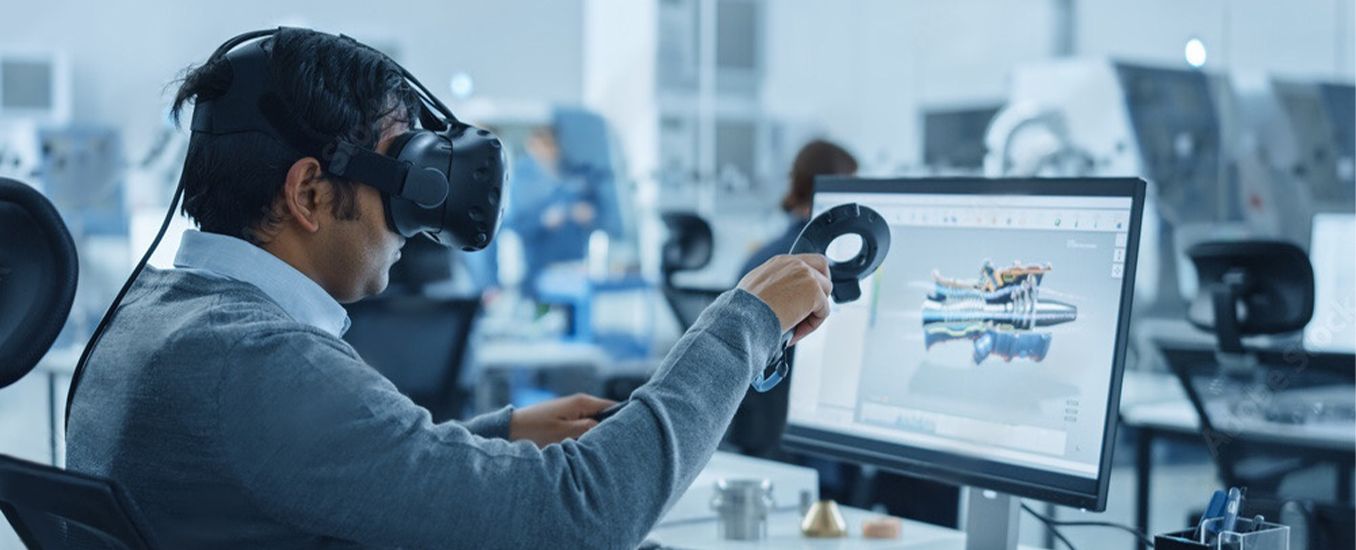
Introduction
Most scientific innovation is incremental i.e. small, although important improvements form the vast majority of new inventions and discoveries. Major strides happen from time to time. Sometimes fortuitously, like the discovery of the first anti-biotic. but more commonly through collaborative, deliberate, expensive efforts. The motivation is usually neither scientific nor even necessarily commercial. It’s often political, like the Apollo Moon missions in the 1960s, or Military, like efforts to develop practical Virtual Reality (VR) and Augmented Reality (AR) systems in the 1990s. It is only when a technology breaks out of niche application and fundamentally transforms wider human society that it can be called a “game changer”. In this blog lets examine the topic of VR and AR a true game changer.
Is Digital Reality Actually a Game Changer?
Are AR & VR really going to be real “game changers”? Are they the next Steam Engine, Aircraft, Electric Power, Anti-biotic. The Personal Computer or the Internet itself? The truth is, it is too early to tell. The technologies are of course hugely promising and have been making their presence felt in a number of industries. From helping plastic surgeons plan life-transforming surgeries to creating entire cinematic experiences in virtual worlds, the monetary and cultural impact of AR & VR is already significant.
In that sense the technologies are no longer infants, but they’re certainly at most in their adolescence. Something similar happened less than 30 years ago. In 1995, there were just 23 million cellphone users in the whole world i.e. 0.4% of the population. Just five years later by 2000, global usage had exploded to 400 million users, or 7% of the world’s population. Creating the critical mass that made smartphones commercially viable. Today, a full 67% of the 7+ billion souls use mobile phones, and the number is expected to keep growing! So is that pattern going to repeat with AR & VR?
Adoption is Rising
Major companies seem to think so. Facebook, touting its Metaverse “always connected, always immersed” concept even changed its name to Meta- that could mean a lot or nothing at all. What is certain is that adoption of AR & VR hinges critically on three factors- the hardware. The experience, and the cost.
Of the above, there is no doubt in anyone’s mind about being able to create wonderful, irreplaceable user experiences. After all, nothing beats putting on a headset, no matter how clunky. If it means improving chances of a successful heart surgery or seeing a loved one in full 3D, right? As for cost there is fairly clear evidence that the cost of data transmission is unlikely to be directly borne by consumers. The Digital Highways will likely emulate physical infrastructure. Its sure we pay for the upkeep and new roads etc. through taxes, but the amount is so small at an individual level that it is negligible. Clearly then, the bottleneck is the hardware. Everyone, everywhere, from retailers to gaming companies are waiting for the game-changing headset to arrive. However with nothing concrete in sight expectations have tempered and are focusing more on available platforms, especially smartphones and tablets.
Advances in Tablet-based Digital Reality
While mobile devices as a whole have exploded in adoption, the vast majority of them are smartphones (62%) while tablet adoption is much smaller (5%). Tablets have settled into roles that leverage the bigger screen (especially gaming and watching streaming content). But have otherwise essentially failed to carve out a separate niche for themselves. That may change with AR, with the extra space in a tablet possibly being used to fit more specialized hardware to improve AR experiences.
There are many advantages for this. If one categorizes the major areas of likely development in AR technology in the near future. This is likely to be in improved 3D scanning and object recognition; better user interaction via gesture recognition and eyeball tracking; and enhanced integration with other technologies like AI, 5G, and Cloud Computing. Smartphone-based AR could end up being used more for “on the go” applications like instant translation, visual directions, etc.
Conclusion
While no one knows the exact impact of AR & VR in consumers’ lives even 5 years down the road, there is no doubt the impact will be a telling one. Assuming no natural or man-made disruptions. eCommerce adoption of AR to help consumers browse items better could be a significant area of innovation. Consumers deciding on new interiors or furniture for their homes. Purchasing a new property or shopping for new cars could all be using AR heavily. The technology will certainly continue to proliferate in the Personal Care and Accessories space, and gamers will likely adopt headsets faster than others. One thing is for certain- the future of reality is Digital!



